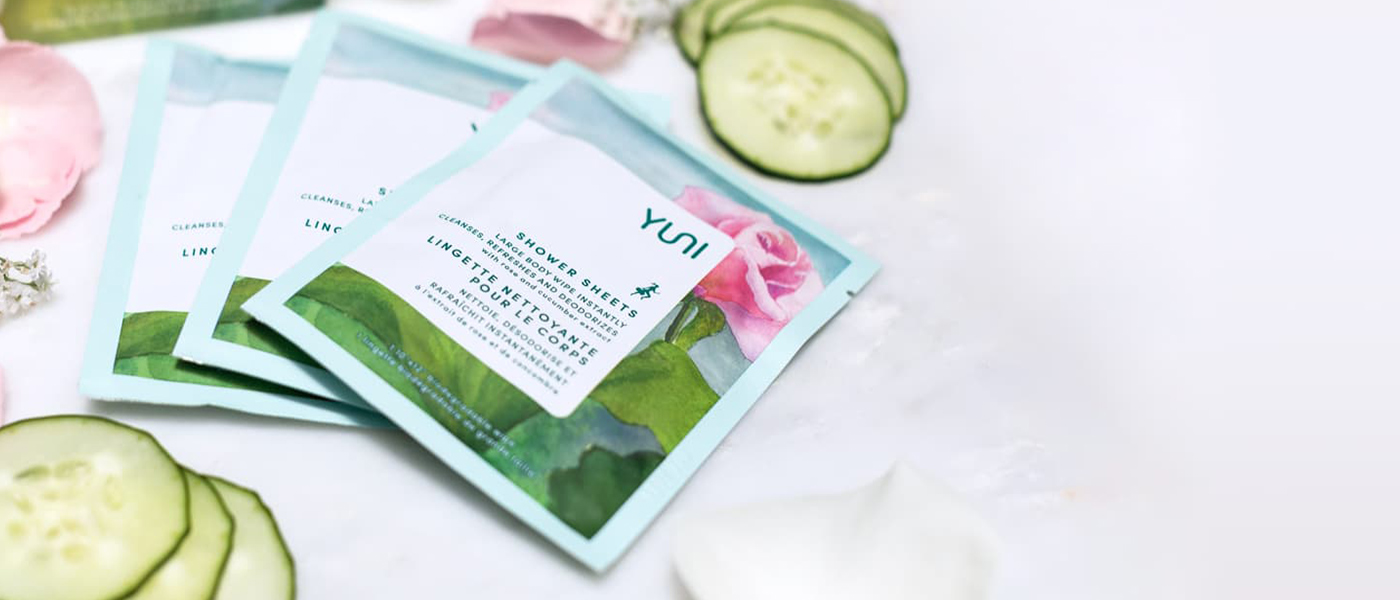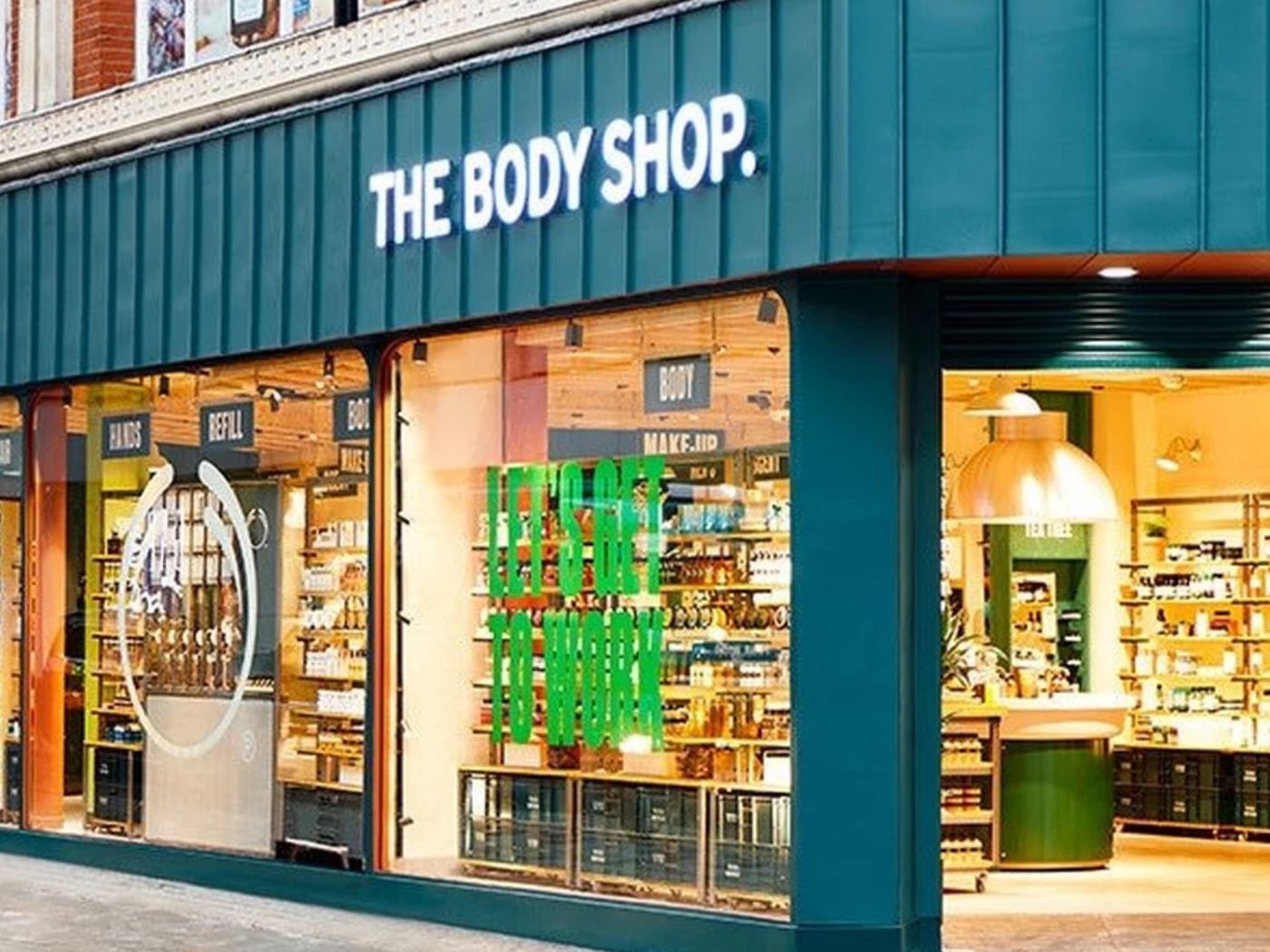Lifestyle brand Yuni Beauty, which launched four years ago with athleisure-oriented skin and hair care products, is aiming to accelerate its growth using two key factors: distribution and product expansion. CEW’s Indie65 Report estimated Yuni closed 2018 with under $5 million in sales, tripling sales in 2017.
In 2019 Yuni Beauty entered Target and Ulta Beauty’s clean beauty programs, which resulted in “significant sales and distribution increases,” according to a company spokesperson. The brand’s offerings will be increasing at Target, starting with its new collection, Sleepy Beauty, set to debut in stores in February. The line includes a body lotion ($19), designed to renew skin’s appearance overnight; a face serum ($25), which aims to strengthen and plump skin while sleeping; and a pillow spray ($9), meant to be spritzed over pillows and linens to help create a calming environment for a restful sleep. Moving beyond traditional mass beauty retailers, Yuni joined Lululemon’s newly created wellness section four months ago, a partnership that will be extended from four to 16 stores in March, following steady sales and parallel brand ethos alignment. The expansion will bring Yuni’s total distribution channels to more than 3,000, a number that the brand is looking to increase this year with international expansion in the EU.
Here, CEW Beauty News spoke to Emmanuel Rey, Co-Founder, Yuni Beauty, about choosing relevant retail partners, staying competitive and marketing to core consumers.
Beauty News: How do you stay competitive as more and more brands enter the wellness market?
Emmanuel Rey: Innovation is the key to staying ahead of the competition. It doesn’t take too long to develop new products, but conversely that means a lot of new brands come up every day. When developing products we look at the areas that are not being answered in the market. If you look at our 18 SKU portfolio, it fulfills a key need that our audience has while still maintaining a concentration on restoring time, health and stress.
BN: How do you select retail partners?
ER: All of our retailers are very on brand with the clean beauty and wellness space, so we look for partners aligned with our beliefs.
In retail, you can go down, but it’s not that easy to go up. For example, if your products are at Target, it might not be possible to have them at Nordstrom. Before we work a with retailer we look at three key factors: does our audience shop there, do we have a price point that is compatible with the retailer and is the cost of doing business with them feasible or not.
BN: What kind of marketing do you do to raise brand awareness?
ER: We are in touch with our audience through social media, micro events, sampling and subscription boxes. Instead of working with popular influencers, we approach people who are known among the wellness community such as yogis, runners and travelers. This gave us more traction because these people have not not approached by beauty brands.
BN: Who is your core audience?
ER: The biggest group for us is 25-34 and then it’s equal between 18-24 and 35-44. One reason might be the products are very affordable. The full-sized products range from $14-$35, so people can afford to try them or buy a few, and I think that’s a big reason it attracts different groups of people.
Based on our website, 82% of our consumer are female and 18% male. The one part we don’t know is if women are buying some of the products for men. This brand is unisex, and our focus is more on a lifestyle versus a gender or product category.
BN: Do you have any advice for newbies entering the business?
ER: There are a lot of clichés like ‘you need to completely believe in what you do’ and ‘it’s going to be a lot of hard work,’ and it’s very true. It’s difficult to start a new brand, and it’s financially demanding. In my opinion, if you don’t have a clear-cut point of difference that you can easily express, it’s going to be really hard to make it work. There are so many new products being launched every day, so you need to find a way to stand out and fulfill a need. The consequence of doing that is that it might be so innovative that the time might not be right and you have to be okay with that. Starting a brand from scratch is one of the hardest things to do. Forget luck, the one thing for sure is that you’re going to work incredibly hard.




